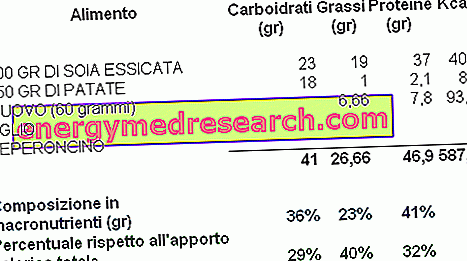Plant cultivation is not the only tool available for obtaining active principles; indeed, for some years now there have been biotechnological techniques.
Biotechnologies are a tool widely used by the pharmaceutical industries, because they allow to obtain the active principles and the pharmaco-technical elements necessary for the formulation of the final product. An example of a pharmacotechnical element is the cyclodextrins, tasteless and colorless oligosaccharides, which allow the encapsulation of the aromatic active principle, such as menthol or eucalyptol; for example, they are used in the formulation of flavored herbal teas.
Biotechnology is an extremely complex discipline, which materializes when nature is transferred to the laboratory; BIO = life, but recreated in a technological laboratory. This discipline is aimed at enhancing the metabolic and biological capacities of plant and non-plant organisms, through the restoration in the laboratory of the most suitable environmental conditions for their development. The biotechnologist directs the growth of the source towards what interests him most, therefore towards the production of active principles and pharmaco-technical elements.
The choice of what is recreated biotechnologically is also conditioned by the difficulty in supplying the active ingredient and the drug in nature; the biotechnological system in fact arises from a need for supply, but also for the protection of the plant species and more. This was the case of the Taxus brevifolia - from the bark of which the taxol active ingredient with its famous antineoplastic properties is derived - whose intense exploitation brought it close to extinction. This is remedied by biotechnology; however, the chemical laboratory is not always able to synthesize the active principle of pharmaceutical interest, especially if it is very complex; for this reason, when possible and convenient, the natural source is still heavily used.
Generally, the biotechnologist isolates the undifferentiated cells of the organism that wants to reproduce in a closed environment, such as a petri dish or a flask. The isolation of plant cells from the explantation, a small fragment of a plant chosen for recreation in the laboratory, must be preceded by sanitizing processes (treatments with a mixture of ethanol and sodium hypochlorite, or other disinfectants) that aim to eradicate any extraneous microorganisms present. Once sterilized, the explant is placed inside a petri dish with a suitable solid culture medium, containing gelatinizing agar, water, mineral salts, sugars and plant hormones; the soil, chosen in relation to the nutritional needs of the species from which the explant is derived, allows an adequate growth of plant cells, recreating in vitro that external system with which the cell naturally interacts.
The primary interest of the biotechnologist is to create a biological laboratory in vitro that produces high quantities of active ingredient; therefore the constituents of the culture medium are calibrated in appropriate quantities and qualities to ensure that the explant cells lose their typical and specialized characteristics, generating undifferentiated totipotent cells, capable, that is, of multiplying continuously; the regenerative capacities of undifferentiated cells are exploited by the technologist to have available many cellular colonies for the production of active principles.
Growing plant cells have two types of metabolism: one of primary type, which underlies the cell cycle, and a secondary one, which underlies the production of metabolites and active principles. To take full advantage of the potential of the biotechnological system it is necessary that the cells in vitro, first divide and multiply, then produce the active ingredient; the cell, in fact, concentrates its energy consumption on one metabolic path or on another, or it again distributes it to both. The basic need for the cell is linked to its primary and non-secondary metabolism; the cell, in fact, consumes the energy available especially to feed the primary metabolism. However, this is not the goal of the biotechnologist, who places the fragment in an agarized soil to allow cell growth, which would not occur in a liquid medium (the fragment rots and lacks mechanical support for cell growth).



